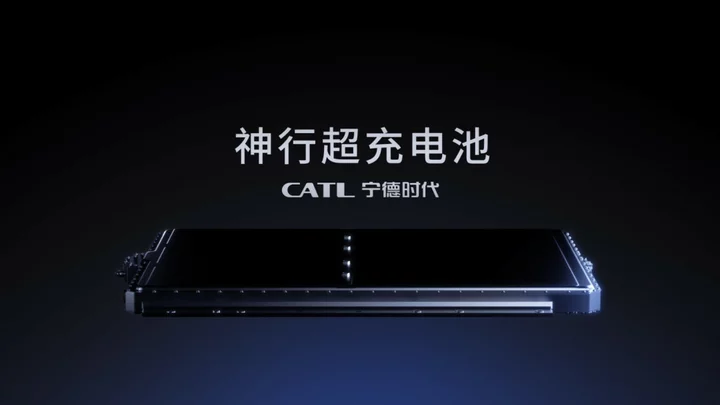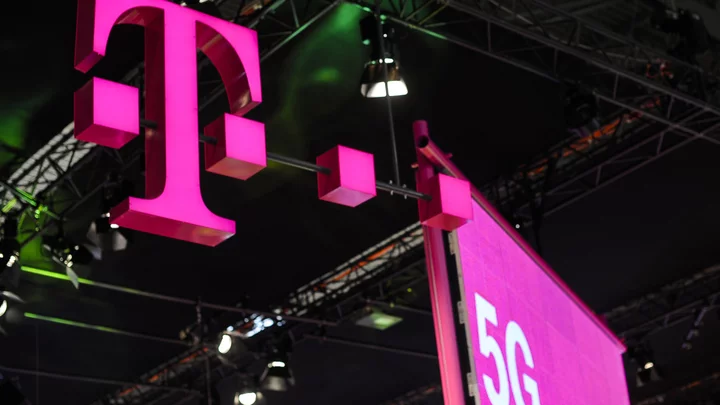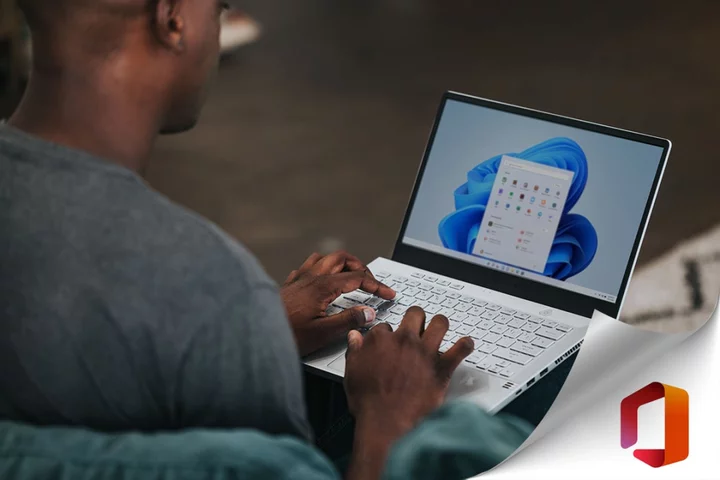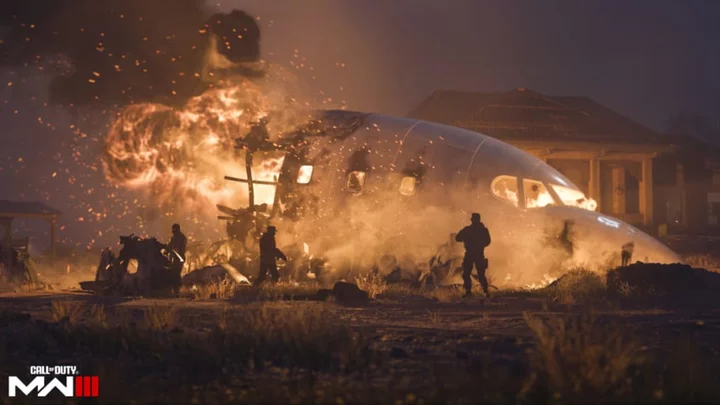A Chinese company is looking to speed up EV charging times with a new battery technology that it says can achieve 248 miles of range (400km) in just 10 minutes.
The tech, dubbed Shenxing, "is expected to considerably alleviate fast charging anxiety for EV users, and opens up an era of EV superfast charging," says Contemporary Amperex Technology Ltd. (CATL). The company plans to begin mass production at the end of 2023, with vehicles equipped with the battery hitting the market in 2024. It did not list specific markets or vehicles, though its partners have included Tesla, Hyundai, Honda, and Ford.
Dr. Wu Kai, Chief Scientist of CATL, speaking at the launch event. (Credit: CATL)This breakthrough means drivers may not have to factor in as much time for EV charging. Most EVs on the road have a range between 200 and 300 miles. A base Tesla Model 3 goes 270 miles on a single charge, and currently takes 30 minutes to an hour to power up on a public fast charger. But with CATL's new battery, charge times could be more on par with a gas station.
"Currently fast charging anxiety has become the top factor that stops consumers from shifting to EVs," CATL says. Consumer studies support this, as they have repeatedly shown charge times and range anxiety are among the top barriers to ownership.
How did CATL achieve its new breakthrough battery? The company lists three key innovations, all related to improving the flow of energy across the battery.
Accelerating the extraction of lithium ions, creating a "rapid response to charging signals."
Modifying the graphite surface to create an "expressway for current conduction."
Decreasing resistance of lithium-ion movement with a new "superconducting electrolyte formula" with less viscosity.
CATL also designed the battery to balance fast charging with long range, protecting driver safety by maintaining a low temperature.
(Credit: CATL)“The future of the EV battery technology must remain steadfastly anchored at the global technology frontier as well as the economic benefits,” Dr. Wu Kai, Chief Scientist of CATL, said at a launch event. “As EV consumers shift from pioneering users to ordinary users, we should make advanced technology accessible for all and enable everyone to savor the fruits of innovation.”
There could be drawbacks, however. The battery uses a lithium-ion phosphate chemistry, or LFP, as opposed to nickel cobalt manganese (NCM), the current standard in most EVs today. As PCMag noted earlier this year, it is widely acknowledged that LFP batteries lose range more quickly than NCM in cold weather and when doing high-performance activities like towing.
LFP batteries are much cheaper than NCM, though, so they're slowly replacing NCM in base models. Tesla now uses LFPs in the standard range Model 3. In May, Ford announced the base model Mustang Mach-E will also now have an LFP battery, along with a $4,000 price cut. Ford also partnered with CATL on its new $3.5 billion Michigan battery plant, which will begin cranking out LFP batteries in 2026. It remains to be seen if that will include the Shenxing.
If CATL can offer an LFP battery that charges quickly and retains range at a competitive price, it could be a game changer for the industry. Of course, that will also depend on having charging stations and vehicles that are compatible with the new battery as well.
"We hope through continuous efforts to improve technology and reduce costs, Shenxing will become a standard product available for every electric vehicle," says Gao Han, chief technology officer of CATL's E-Car Business, as reported by Reuters.









